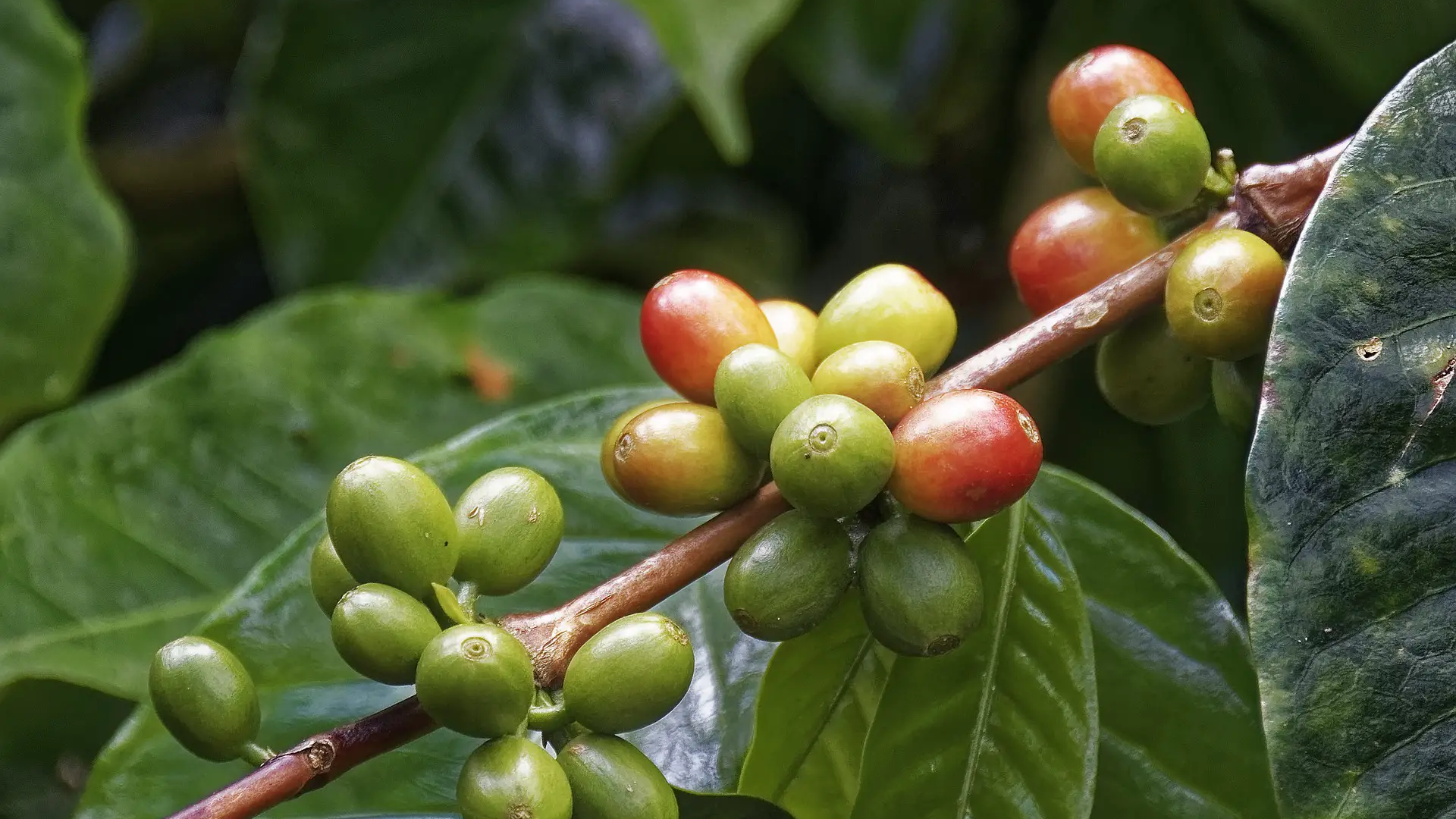Growing coffee that doesn't taste like coffee: Developing the flavor of Philippine Arabica

Renjie Lucas, a Senior Field Technician and Nursery Coordinator of the ACDI/VOCA-PhilCafe project, helps local farmers cultivate and grow high-quality coffee, believing that the Philippines is capable of producing delicious coffee that can compete on an international stage.
“Our goal is to empower people to succeed in the coffee industry. We aim to train 13,000 coffee farmers so they can also help their farming families. We are also looking to triple the productivity of local coffee farms and export more coffee than what is currently being imported,” said Renjie.
Coffee has diverse flavors, but is often served with milk, making it difficult to enjoy by itself.
Contrary to popular belief, coffee can have some very pleasant flavors. This is particularly true of Coffea Arabica or Arabica coffees, which have the highest sucrose content of any coffee species. Aside from sweetness, Arabica can also display unusual flavors that are related to other foods like fruits, chocolate, and wine. By using good cultivation techniques, all these profiles can be extracted from the coffee.
Rigorous processes are followed to grow flavorful Arabica coffee, starting with the acquisition of seedlings from high-quality coffee trees or "mother plants". These must be planted in established coffee farms and receive at least 70% sunlight without being exposed to excessive heat. Shade-grown coffee is flavorful as it receives more nutrition and ripens better under tree shades. Different shade trees can be used, such as river tamarind trees or ipil-ipil (Leucaena leucocephala).
Arabica varietals are two popular varieties grown in the Philippines, Catimor and Typica. Catimor is a cross-breed between Arabica and Robusta and is known for its bold and bitter flavor. Typica is a variety that only grows under 1,600 meters above sea level and is believed to be one of the oldest Arabica species. It is more popular in Mindanao due to its high production and resilience against pests and diseases. The difference between the growing methods and the type of Arabica varieties planted in Luzon and Mindanao is what helps create the diverse flavor profiles of coffee throughout the country.
Neil Barria prefers coffee from Mindanao over Northern Luzon due to personal preferences, and the Philippine Coffee Quality Competition has proven that there is an international demand for local coffee.